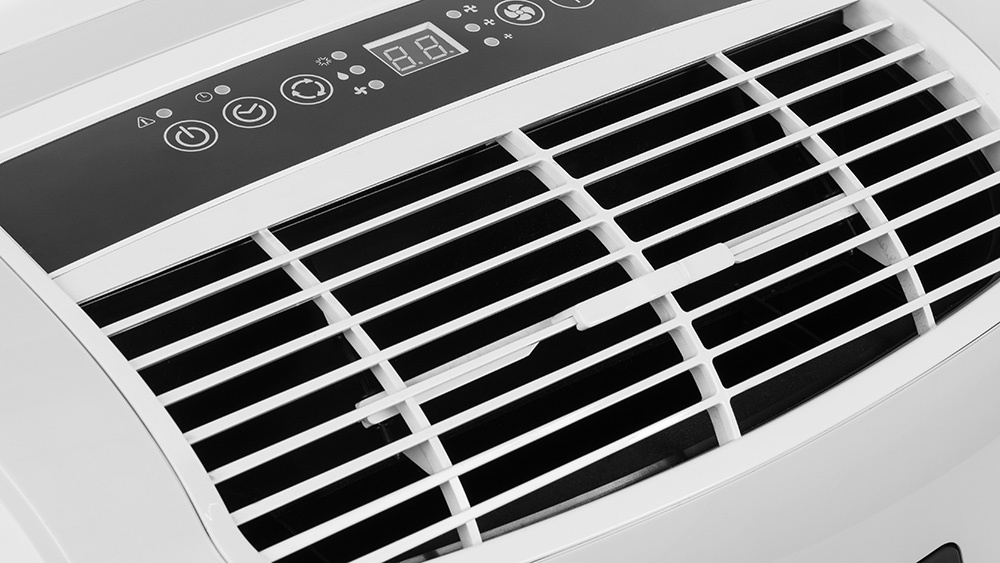
If you find mold spots in your bathroom, garage, storage area, or basement, consider taking steps to reduce humidity in your home.
Other warning signs of high humidity include window and door condensation, water level marks or stains on basement walls, run-off water, a musty smell, rotting wood, peeling paint or damaged wallpaper, corrosion, and increase in allergy irritation.To combat high humidity and fix these effects, check out these tips from Warner Service in Frederick, Maryland:
Build a dehumidifier. Dehumidifiers reduce humidity levels, which means that your home is less likely to harbor mold and mildew spores and dust mites. Without these allergens and pathogens in your home, allergy symptoms get better. That means a dehumidifier subsequently makes allergy season easier on you and your family.
Another reason for a dehumidifier and its ability to remove thick moisture from the indoor air is an all-around cooler environment. Dehumidifiers reach all areas (not only well-ventilated ones), which means your family is more comfortable for less money. It also makes the air conditioner more efficient.
Dehumidifiers are also great for gardening, because they produce greywater that’s not consumable by humans but is great for houseplants.
Lastly, these small, portable appliances also keep larger appliances, like computer equipment and electronics, from rusting. If there’s no humidity or moisture, there’s no rust.
For more information on how to build your own dehumidifier, view our helpful video and/or print the step-by-step instructions:
Buy a dehumidifier. For all of the benefits listed above without the trial-and-error of an at-home project, purchase a high-quality dehumidifier from The Home Depot, Lowes, or Amazon.
Use fans in rooms that create a lot of moisture like bathrooms, kitchens, and basements. In these areas, humidity tends to linger and air ventilation is poor. Put battery-powered, portable fans in the corner of each room to circulate and evaporate air and reduce humidity.
Tube your pipes. Before summer thunderstorms hit, use tubular or wrap insulation on your pipes. This decreases “sweating” due to condensation from warm rain.
Also, consider adding a mixing value to the water supply line and a rigid waterproof insulation to the tank to reduce the effects of humidity and moisture.
Waterproof your concrete. Concrete basement walls are a big source of excess humidity. Waterproof them from the outside before summer storms or try do-it-yourself waterproofing with products, such as Drylok or Xypex.
Waterproofed concrete walls prevent water from seeping into crawl spaces, which are prime suspects for dampness and mold spores during summer rain. To prevent further moisture in the basement floor, install a sump pump or an extensive French/perimeter drain.
Buy houseplants, including English Ivy, Peace Lily, Reed Palm, Boston ferns and Tillandsia. They’re called epiphytes, tropical plants that get water from the air instead of at the roots. They don’t completely eliminate humidity from your home, but they do reduce hazardous humidity levels.
If you choose to buy plants that are not humidity-reducing, leave them outside or cover the exposed soil with plastic wrap to stop transpiration. This decreases condensation in the air and requires less water.
Reducing humidity in your home is especially hard during summer, but May through August don’t have to be painful. Conquer allergy season, increase energy efficiency, and more by using these tried-and-true tricks from Warner Service’s HVAC experts.
For more information on how to reduce humidity in your home this summer, click on the button below to download Warner Service’s HVAC Maintenance Checklist:


